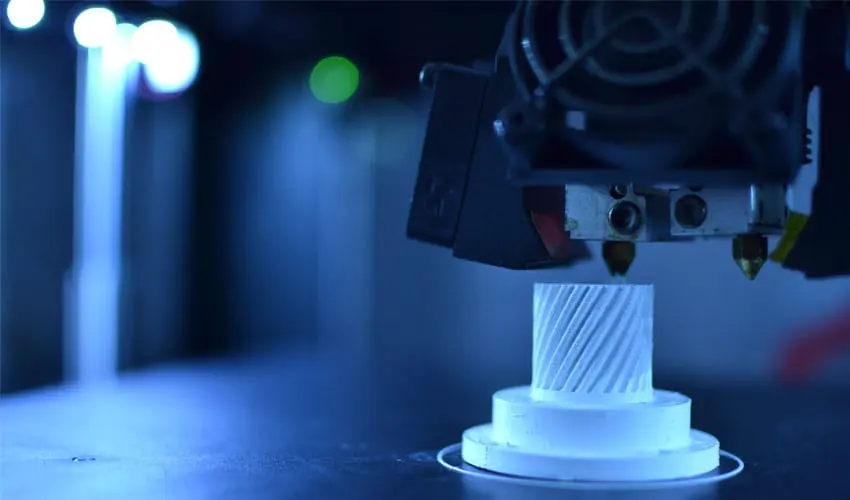
With the rise of 3D printing technology, many hobbyists are discovering the potential to turn their passion into a profitable business.
Whether you’re creating unique home décor, custom figurines, or practical household items, selling 3D printed products online has never been more accessible – however, transitioning from hobbyist to entrepreneur requires more than just a great product.
If you’re considering taking the leap, here are some essential tips for selling your 3D printed projects online.
Find Your Niche
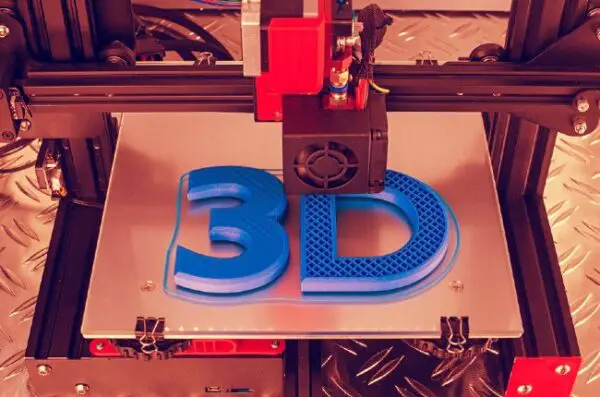
The 3D printing world is vast, with endless possibilities for what you can create. To stand out in the market, it’s crucial to find a niche that resonates with a specific audience. Ask yourself: What unique value can your products offer?
Are you focused on personalised items, eco-friendly designs, or functional tools? Research the market to identify gaps where your creations can thrive. By targeting a niche, you’ll be able to cater to a loyal customer base rather than competing in an oversaturated space.
Choose the Right Materials
The quality of your 3D printed products largely depends on the materials you use. If you’re planning to sell your designs, ensuring durability and consistency is key. PLA filament, for instance, is a popular choice due to its versatility and eco-friendliness.
When creating products for sale, it’s important to choose the right materials that match your target market’s expectations. Whether you’re printing functional prototypes or artistic pieces, using high-quality materials like 3D print PLA filament ensures a professional finish that customers will appreciate.
Create High-Quality Designs
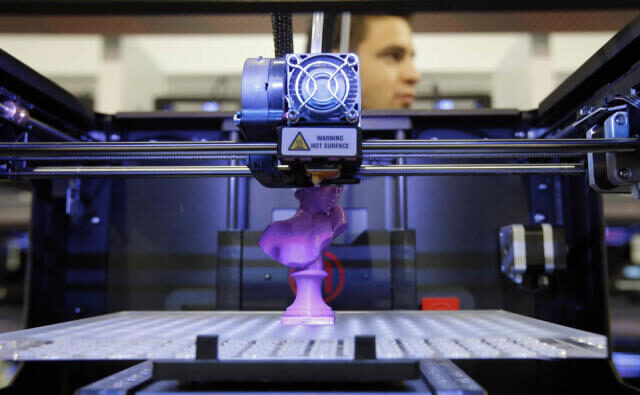
Your design skills are what will set your business apart. The most successful 3D printed products aren’t just functional – they’re also visually appealing and innovative.
Invest time in honing your design skills or consider collaborating with a professional designer if necessary.
When designing products for sale, remember that customers are looking for something they can’t find elsewhere, so focus on creativity and practicality in your designs.
Build an Online Presence
Selling online means creating a strong digital presence. Platforms like Etsy, eBay, and Amazon Handmade are great for reaching a wide audience, but you might also want to consider building your own website (this gives you greater control over branding, customer experience, and marketing).
Invest time in building a visually appealing, user-friendly online store that showcases your products and tells your story. Clear product descriptions, high-quality images, and customer testimonials are vital for converting visitors into buyers.
Leverage Social Media and Marketing
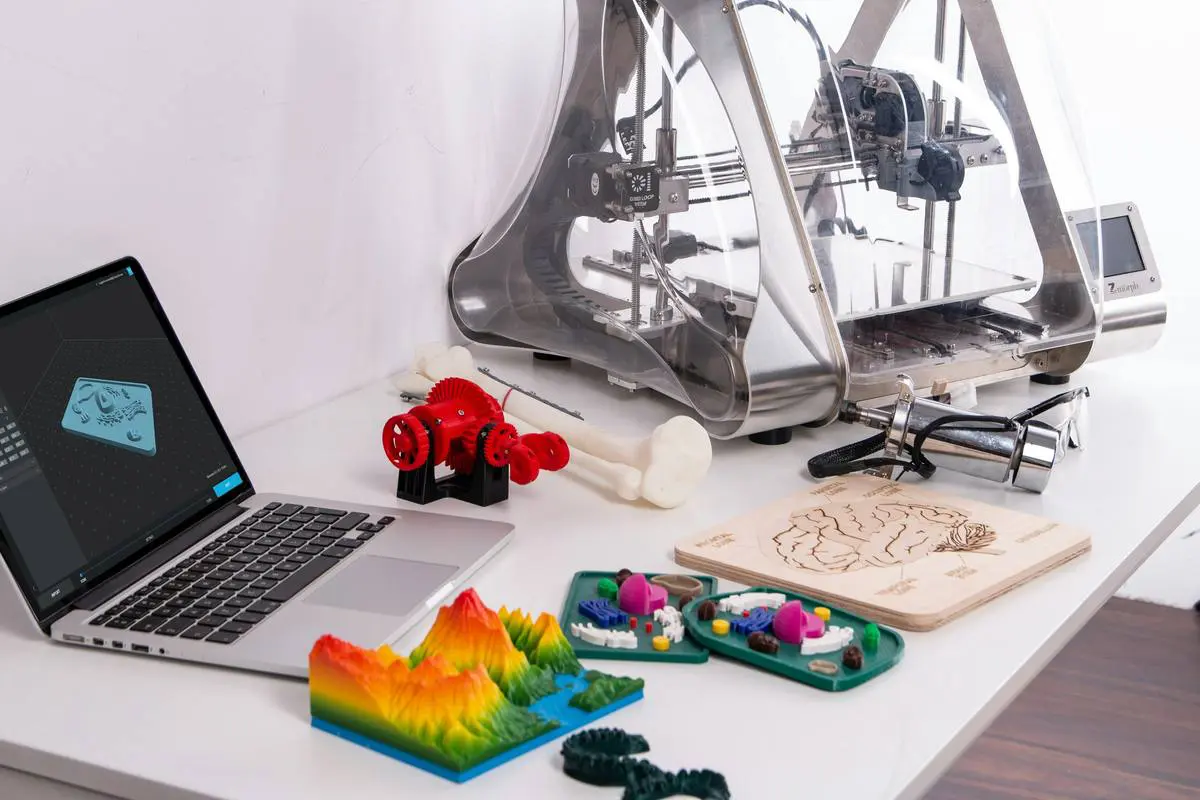
Once your online store is up and running, you’ll need to drive traffic to it. Social media platforms like Instagram, Facebook, and Pinterest are excellent for showcasing your 3D printed creations. Post regularly to share your design process, finished products, and satisfied customer reviews.
Consider running targeted ads or working with influencers in your niche to reach a broader audience. Email marketing and content marketing – such as blogging about 3D printing tips – can also help you build a loyal customer base.
Offer Customisation Options
One of the major advantages of 3D printing is the ability to create custom, one-of-a-kind products. Offering customisation options can set your business apart from competitors who only sell standard products.
Allowing customers to personalise colours, sizes, or engravings on your products will add value and attract a wider range of buyers. Be clear about customisation options on your website and make the process simple for customers to submit their requests.
Price Your Products Strategically
Pricing can be tricky when you’re new to selling online – while you want to cover the costs of materials and time, you also need to remain competitive.
Research your competitors to understand how similar products are priced and consider the time and effort that goes into designing and printing each piece. Don’t undersell your work, but make sure your prices reflect the quality and uniqueness of your product.
Ensure Reliable Shipping
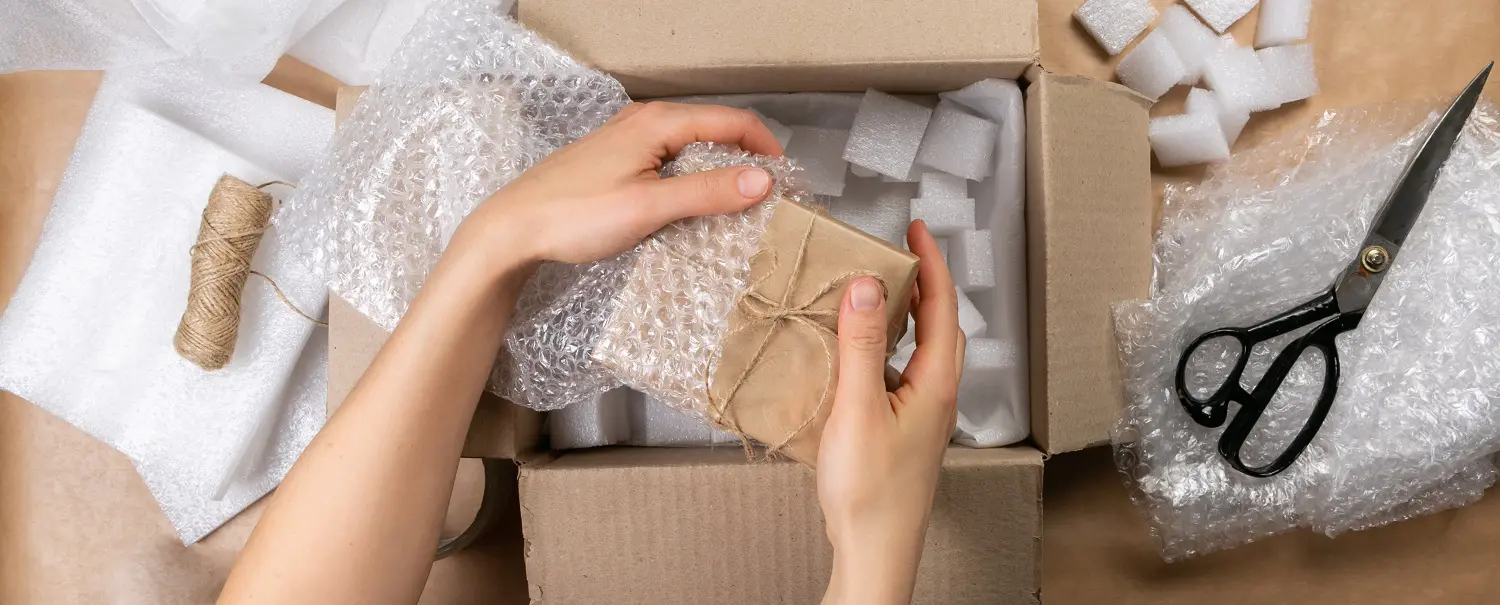
The shipping experience can make or break your business, especially when selling fragile or intricate 3D printed items. Carefully package your products to avoid damage during transit and offer reliable shipping options.
Be transparent with your customers about shipping times and costs, and provide tracking information where possible.
Offering international shipping can open up your business to a global market, but make sure you’re familiar with the shipping regulations and costs involved.
Collect and Respond to Feedback
Customer reviews can significantly influence purchasing decisions, so it’s essential to encourage your buyers to leave feedback. Positive reviews will help build your reputation and trust with potential customers.
Be proactive in responding to any questions or concerns from buyers, and if you receive negative feedback, handle it professionally. Use customer feedback to improve your products and customer service, showing that you value your audience’s input.
Stay Up to Date with Trends and Technology
The 3D printing industry is constantly evolving, with new materials, techniques, and trends emerging regularly. Stay informed by following industry blogs, attending trade shows, and participating in online forums.
Keeping up with the latest advancements will help you innovate and offer products that align with current market trends, ensuring your business stays competitive.
Turning your 3D printed projects into a successful online business is a rewarding venture, but it requires careful planning and execution
From finding your niche to leveraging the right materials like 3D print PLA filament, each step plays a crucial role in building a sustainable business.
With creativity, dedication, and a solid marketing strategy, your 3D printed creations can become a profitable enterprise that reaches customers across the globe.
By following these tips, you’ll be well on your way to turning your passion for 3D printing into a thriving business.













